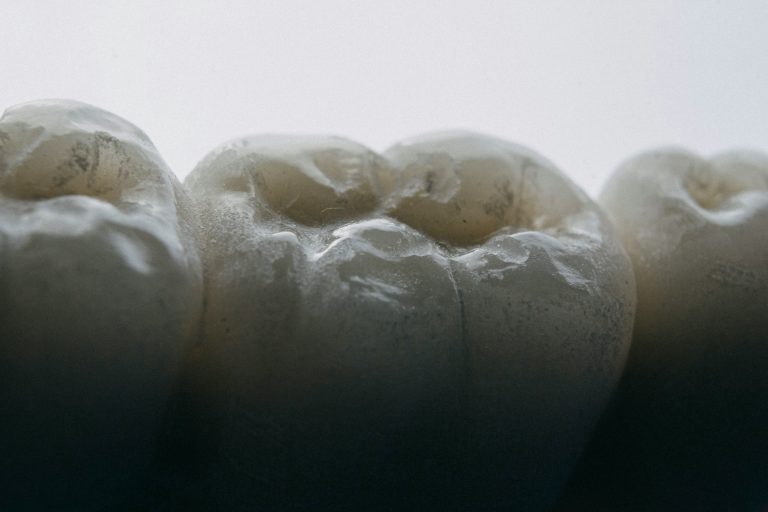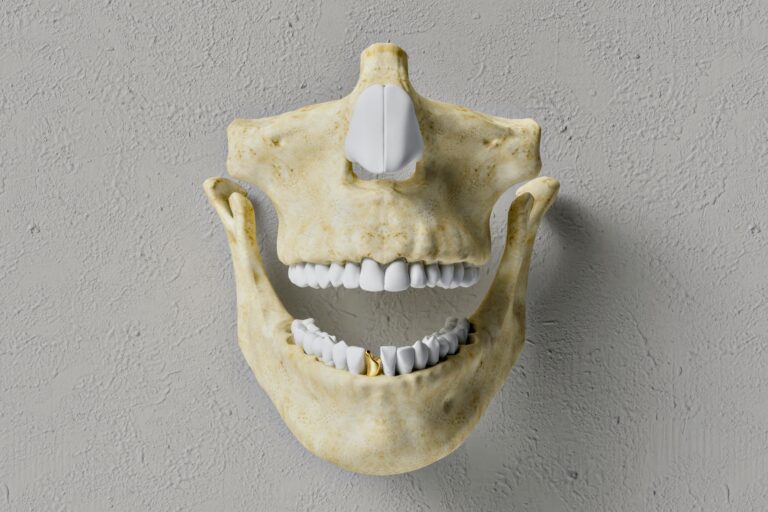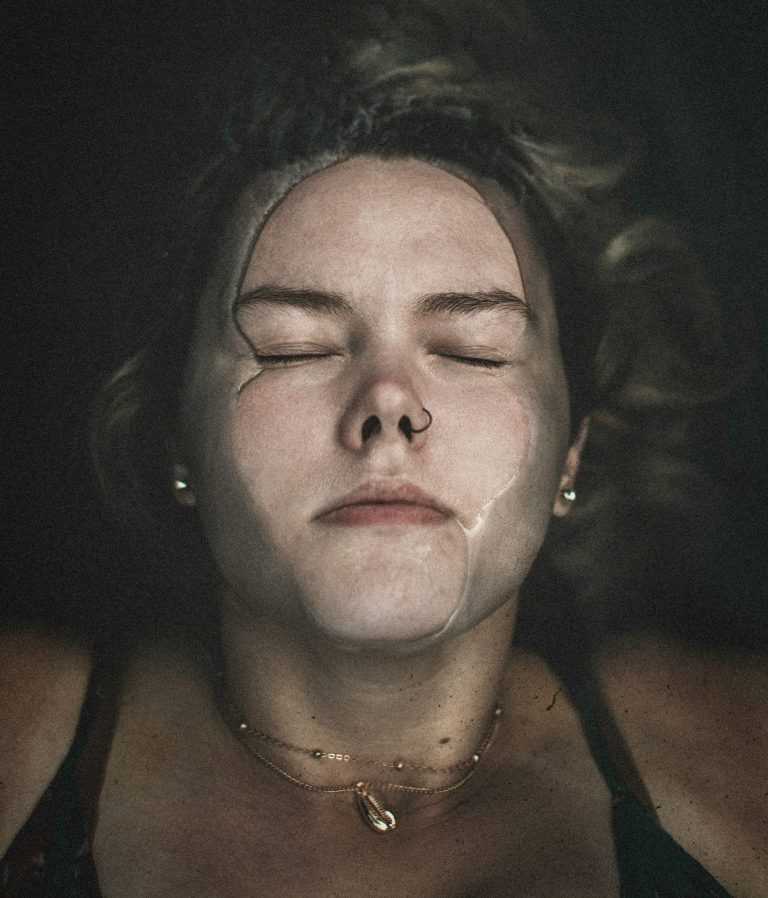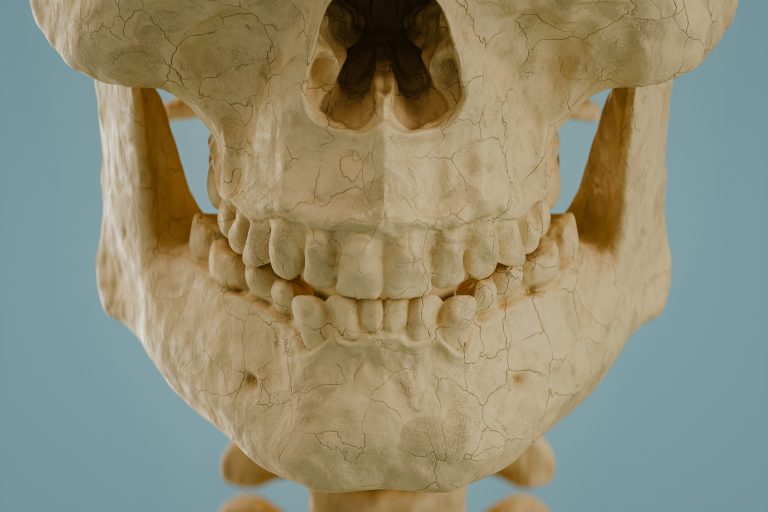La facial paralysisWhether it occurs suddenly or gradually, it is a physically and emotionally destabilising condition. It has a direct impact on communication, emotional expression and eating habits, and can have a strong psychological impact. However, early and specialised treatment, particularly in cervico-maxillo-facial physiotherapycan considerably improve recovery.
What is facial paralysis?
Facial paralysis corresponds to a damage to the facial nerve (cranial nerve VII)which controls the muscles responsible for facial expressions. It can be partial or totalIt can affect one side of the face (unilateral) or both sides (more rare).
There are two main types:
- Peripheral facial paralysis Most often viral in origin (e.g. Bell's palsy), it affects the facial nerve itself.
- Central facial paralysis related to brain damage (stroke, tumour, etc.).
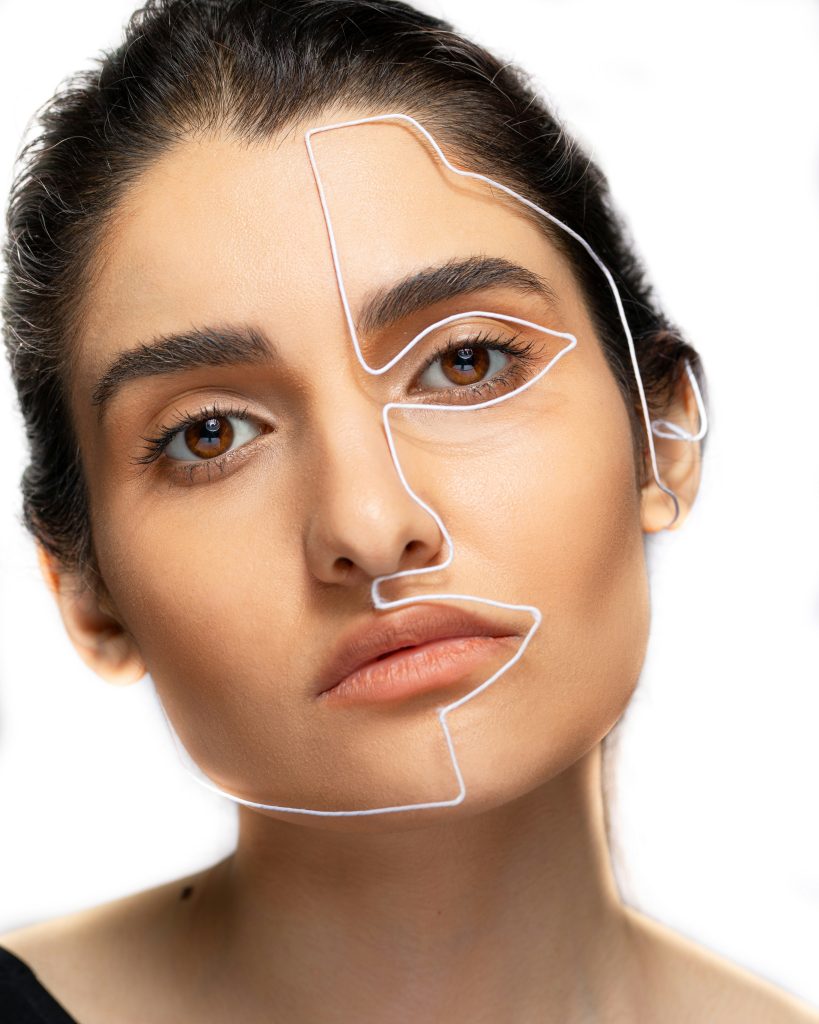
What are the possible causes?
There are many causes, the most common of which are :
- Bell's palsy Viral (herpes), spontaneous and generally temporary.
- Infections shingles, severe ear infections
- Head injuries
- ENT surgery
- Compressive tumours
- Cerebrovascular accidents (STROKE)
- Autoimmune diseases (for example, sarcoidosis)
In all cases, a thorough medical check-up is essential to identify the exact cause and guide treatment.
What are the day-to-day consequences?
Facial paralysis is not just a cosmetic problem: it has a profound impact on quality of life:
- Difficulty speaking, smiling, eating and drinking
- Incomplete eye closure (eye risks)
- Facial pain or tension
- Loss of emotional expression
- Social isolation, anxiety, loss of self-confidence
- Risk of synkinesias (involuntary movements during recovery)
Prompt multidisciplinary treatment can limit these after-effects.
How does cervico-maxillo-facial physiotherapy help recovery?
Specialist physiotherapy is a central component of functional recovery. Physiotherapists trained in maxillo-facial and cervical rehabilitation guides the patient through precise and progressive techniques:
1. Neuromuscular stimulation
- Use of manual techniques and sometimesgentle electrostimulationdepending on the case and tolerance
- Improving muscle recruitment to restore harmonious voluntary contraction
2. Rehabilitation of facial muscles
- Active and passive work on paralysed muscles to prevent atrophy
- Targeted muscle strengtheningwith a balance between the two sides of the face
- Coordination and facial symmetry exercisesto limit involuntary movements and synkinesias (parasitic movements)
3. Proprioceptive and sensory work
- Rehabilitation of skin sensitivity of the face, often altered
- Exercises visual or tactile feedback to help patients find their bearings
4. Global and human support
Rehabilitation also takes psychological aspects into account:
- Active listening to the patient's feelings
- Advice fromself-rehabilitation at home
- Support in returning to social and professional life
Each treatment is customizedThe treatment is tailored to the patient's clinical progress and functional goals.
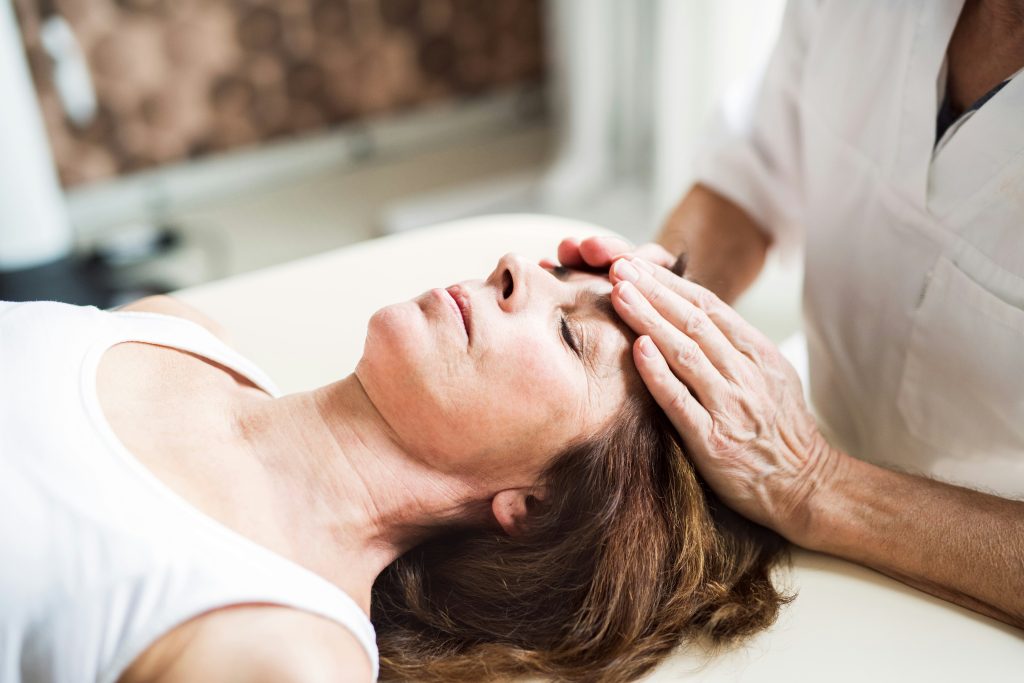
And what role do the cervical vertebrae play in all this?
The cervical vertebrae play a fundamental role in the muscular and nervous balance of the face. Poor posture, tension in the neck or reduced mobility of the cervical vertebrae can accentuate facial asymmetries, hinder recovery or maintain pain associated with paralysis.
In physiotherapy, specific work is carried out on :
- La joint mobility cervical vertebrae (C0 to C7)
- Relaxation of the posterior neck and shoulder muscles
- La overall postural reintegration giving the patient a balanced head carriage that promotes better facial symmetry
- The balance between the tone of the deep muscles of the neck and the superficial muscles of the face
- The release of myofascial tensions and muscle chains that interact between the neck and the face
Cervical imbalance can sometimes lead to secondary disorders such as headaches, dizziness or a feeling of facial tightness - symptoms that rehabilitation can reduce or eliminate.
When should you consult?
As early as possible! Intervention within the first few weeks maximises the chances of a full recovery and allows..:
- D'avoid bad compensation muscular
- To limit long-term sequelae
- Promote harmonious recovery of facial expressions
Our centre offers expert care in conjunction with your GP and the relevant specialists (ENT, neurologist, ophthalmologist).


